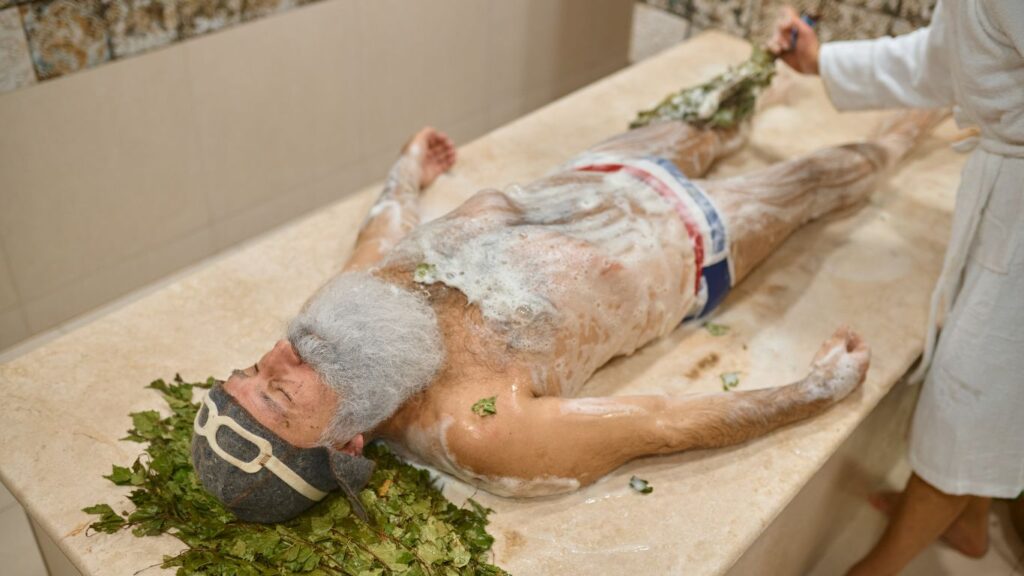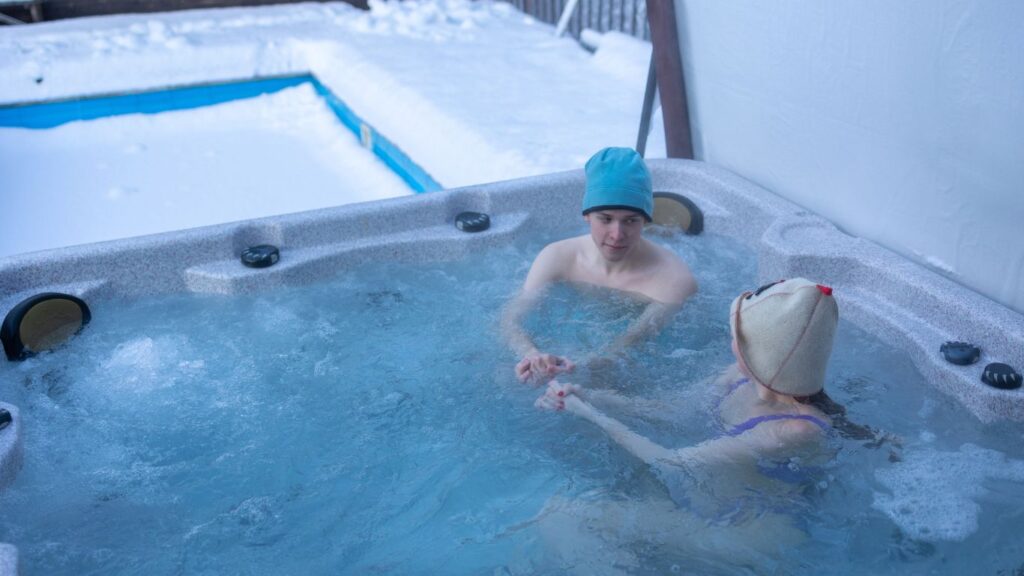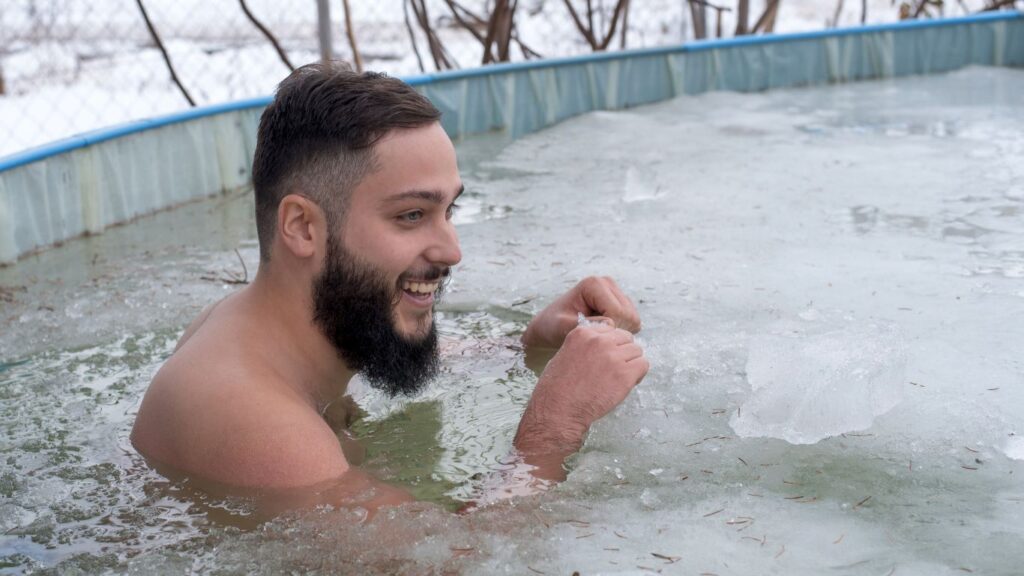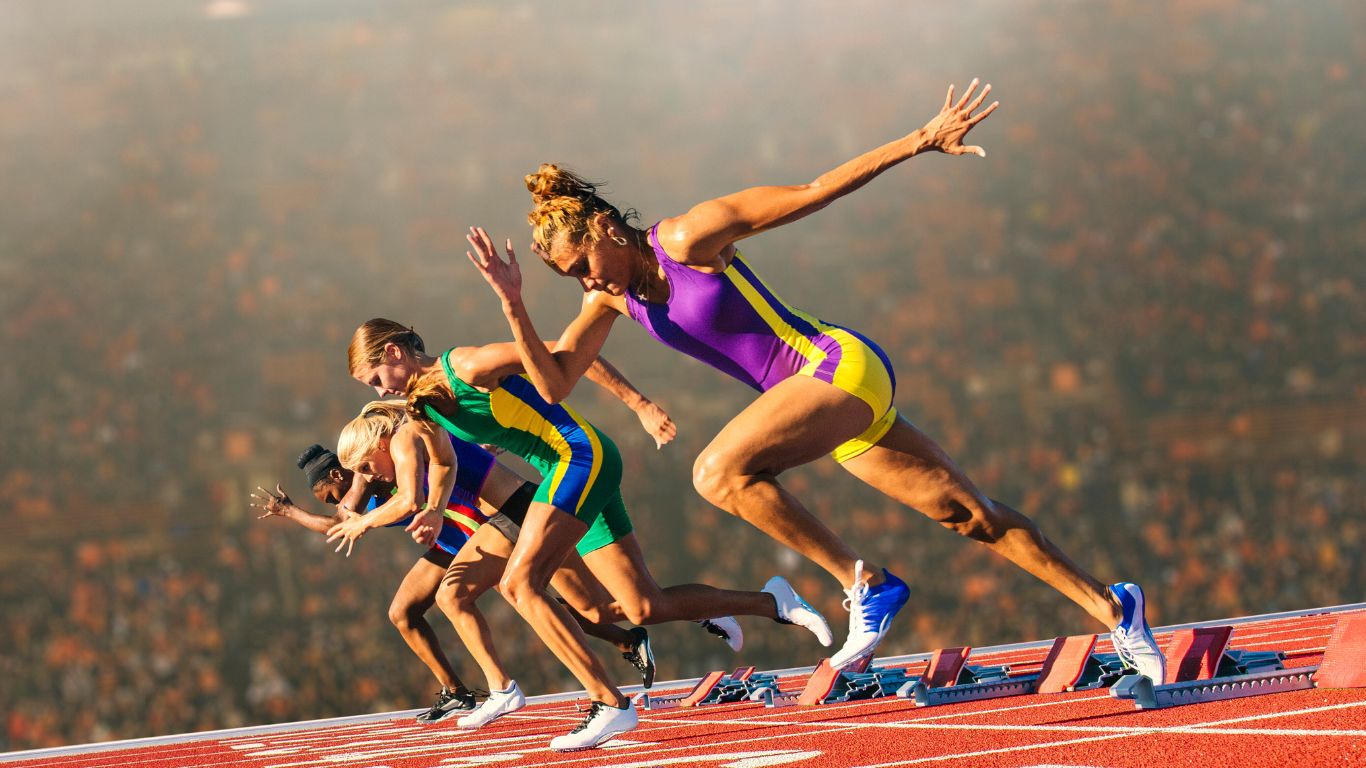Athletes often push their bodies to the limit, and recovery becomes essential to their training regimen. One popular recovery method is the ice bath or cold water immersion. But why do athletes subject themselves to such chilly conditions after a game or intense workout? This article delves into the scientific reasoning behind ice baths, testimonials from athletes, comparisons with alternative recovery methods, and the proper technique for optimal benefits.
Benefits of Ice Baths
Reducing Inflammation and Muscle Soreness

Ice baths are renowned for reducing inflammation in muscles and joints. The cold temperature constricts blood vessels, leading to decreased swelling and muscle soreness. When the body is immersed in cold water, blood flow is redirected from the extremities to the core, which helps flush out metabolic waste products, such as lactic acid, from the muscles. This process aids in reducing post-exercise inflammation and accelerates the recovery process.
Speeding Up Recovery
Another crucial benefit of ice baths is enhanced circulation. Ice baths promote better blood flow by constricting blood vessels and then allowing them to dilate once the body is removed from the cold. This improved circulation helps deliver oxygen and essential nutrients to the muscles, aiding in the healing process and speeding up recovery times.
Decreasing Muscle Damage
Ice baths are also effective in preventing injury and promoting tissue repair. The cold temperatures can temporarily numb nerve endings, relieving pain and improving physical comfort. This numbing effect can prevent further muscle damage and allow athletes to recover more effectively, preparing them for their next training session or competition.
Psychological Benefits
Beyond the physical benefits, ice baths offer significant psychological advantages. The contrast between the cold water and the body’s average temperature stimulates the release of endorphins, the body’s natural painkillers. These endorphins promote relaxation and well-being, reducing stress and enhancing mental clarity. Athletes often report feeling rejuvenated and mentally refreshed after an ice bath session.
Athlete Testimonials
Many athletes swear by the benefits of ice baths for recovery. Here are a few testimonials:

- Professional Marathon Runner: “After incorporating ice baths into my recovery routine, I’ve noticed a significant reduction in muscle soreness. It’s like hitting the reset button for my body.”
- Olympic Weightlifter: “Ice baths have become a non-negotiable for me after intense training. The difference in my recovery time and performance is undeniable.”
- Collegiate Basketball Player: “I used to be skeptical, but the science behind it is real. Ice baths ease my post-game aches and help me feel more rejuvenated for the next challenge.”
- Professional Soccer Player: “The mental clarity and physical rejuvenation I get from an ice bath is something I can’t replicate with any other method. It’s a game-changer for me.”
Alternatives to Ice Baths
While ice baths are highly effective, there are alternative recovery methods that athletes may consider:
- Contrast Water Therapy: This method involves alternating between hot and cold water, offering similar benefits to ice baths with added effects on blood circulation and muscle relaxation.
- Compression Therapy: Specialized garments or devices apply pressure to muscles, helping reduce swelling and improve blood flow for faster recovery.
- Active Recovery: Low-intensity exercises and stretching promote blood flow and reduce muscle stiffness without the discomfort of cold water immersion.
- Normatec Pulse Technology: This technology utilizes dynamic compression to enhance the movement of fluid and metabolites in the body, aiding recovery.
Proper Ice Bath Technique
To maximize the benefits of ice baths, it’s essential to follow the proper technique:
- Duration: Aim for 10-15 minutes in the ice bath.
- Temperature: The water should be between 50-59°F (10-15°C).
- Best Practices: Gradually immerse yourself to avoid shock. Wear appropriate clothing to protect sensitive areas, and always consult with a healthcare professional before starting a new recovery regimen.
When to Avoid Ice Baths
While ice baths offer numerous benefits, they may only suit some. Athletes with certain medical conditions, such as cardiovascular issues or cold hypersensitivity, should avoid ice baths. Additionally, overuse of cold therapy can hinder muscle adaptation and repair. Always consult a healthcare professional before incorporating ice baths into your recovery routine.
FAQs
How often should I take ice baths?
The frequency of ice baths depends on your training schedule and recovery needs. Typically, athletes may use ice baths after intense training sessions or competitions. However, limiting ice baths to 2-3 times per week is recommended to avoid potential adverse effects on muscle adaptation.

Can ice baths be harmful?
While ice baths are generally safe, they may only suit some. Athletes with cardiovascular issues, cold hypersensitivity, or specific medical conditions should avoid ice baths. Always consult a healthcare professional before integrating ice baths into your recovery routine.
Should I perform any activities after an ice bath?
Resting and allowing your body to warm up after an ice bath is best natural. Engaging in strenuous activities immediately after an ice bath may counteract its benefits. Light stretching or gentle movements can ease the transition from cold therapy to regular activities.
What should I wear during an ice bath?
Wearing appropriate clothing, such as swimwear or athletic shorts, is advisable during an ice bath to protect sensitive areas of your body. Some athletes wear neoprene gloves and socks to warm their extremities and reduce discomfort.
Is there an optimal time of day for taking an ice bath?
There is no universal best time of day for an ice bath; it primarily depends on your training and recovery schedule. Many athletes find that taking an ice bath immediately after strenuous exercise is more effective in reducing muscle soreness and promoting faster recovery.
Can ice baths help with mental recovery?
Yes, ice baths can provide psychological benefits by stimulating the release of endorphins, the body’s natural painkillers. This can lead to a sense of well-being, reduced stress levels, and enhanced mental clarity, making ice baths a valuable tool for physical and psychological recovery.
Conclusion
Ice baths are a crucial tool for athlete recovery, offering benefits ranging from reduced inflammation and muscle soreness to enhanced circulation and mental relaxation. By understanding the science behind ice baths and following proper techniques, athletes can effectively utilize this recovery method to optimize their performance and overall well-being. Whether you’re a professional athlete or a fitness enthusiast, incorporating ice baths into your recovery routine can help you achieve your goals and maintain peak performance.










